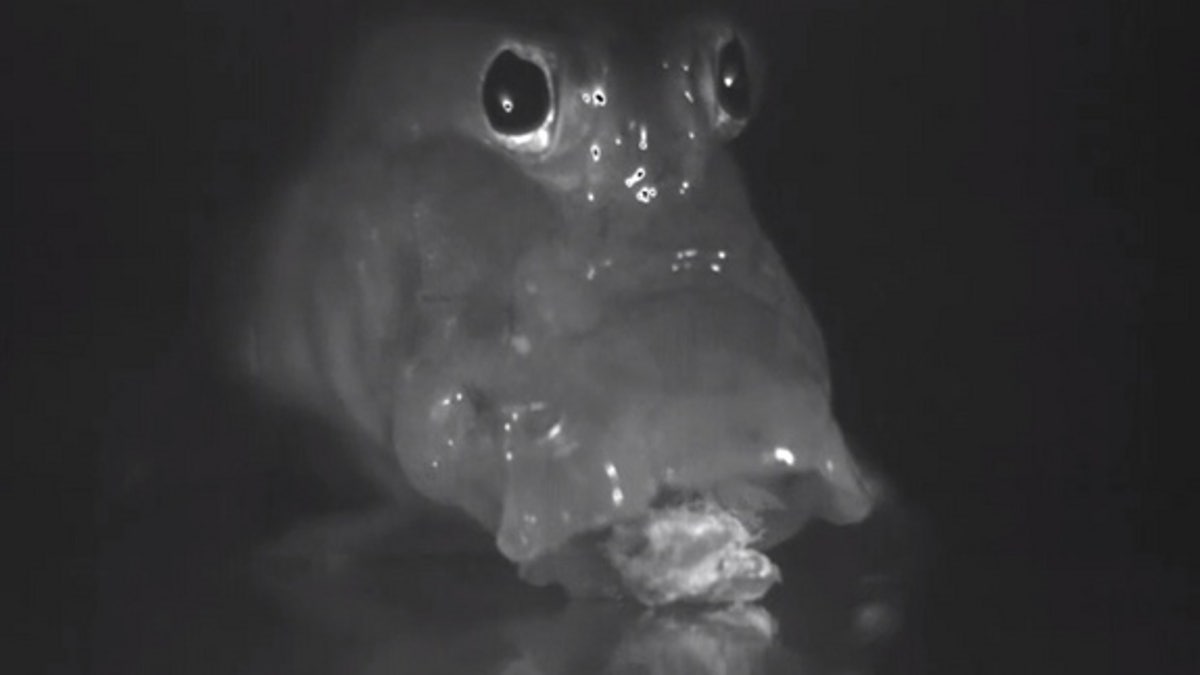The Atlantic Mudskipper are primarily carnivorous benthic feeders that feed using a suction and small sharp teeth. Their opportunistic feeders with a preference of insects, crustaceans, polychaetes (worms), and small fish.
Suction and the “Water Tongue”

On Land the Mudskippers have the unique ability of what some to refer to as a “water tongue” first it covers its prey with its mouth the submerges that pray in water from its buccal cavity in the mouth. Creating a suction force within its mouth by expanding the volume sucking up the water within its mouth into its body. Study shows the buccal water is necessary for the prey to be caught.
However it’s a different case when feeding in water, as they have specialized muscles to open their gill openings. They use this to pump water out of their gill cavity outwards then lowers its jaw and slowly expands the back of its mouth larger than on land creating a stronger suction, as to prevent releasing water that would normally push prey in an aquatic environment.
Truth about that The True Stomach
Curiously about the Goby Family is that they do not have what is considered a “true stomach” in the gastrointestinal tract where there’s a widening in the anterior position containing a gastric gland for storing and dissolving food. Mudskippers being part of the subfamily Oxudercinae in the Gobiidae family were assumed to also lack a true stomach due to their association with their ‘stomachless’ family for a while. Two characteristics they share with other animals that don’t have or need a developed stomach were also seemingly evidence as to why they wouldn’t have or need a true stomach. One being the fact they contain a set of pharyngeal teeth located in their throat used for grinding up food, which functionally overlaps with true stomachs. The second trait is their feeding behavior of eating small amounts of food in a short amount of time, is a habit that doesn’t necessitate a true stomach unlike in animals that eat larger amounts of food for a longer amount of time. However with lack of research that would conclusively declare them as having or not having a true stomach and the trend of carnivorous animals utilizing a true stomach, research has examined the gastrointestinal tract of the Atlantic Mudskipper.
